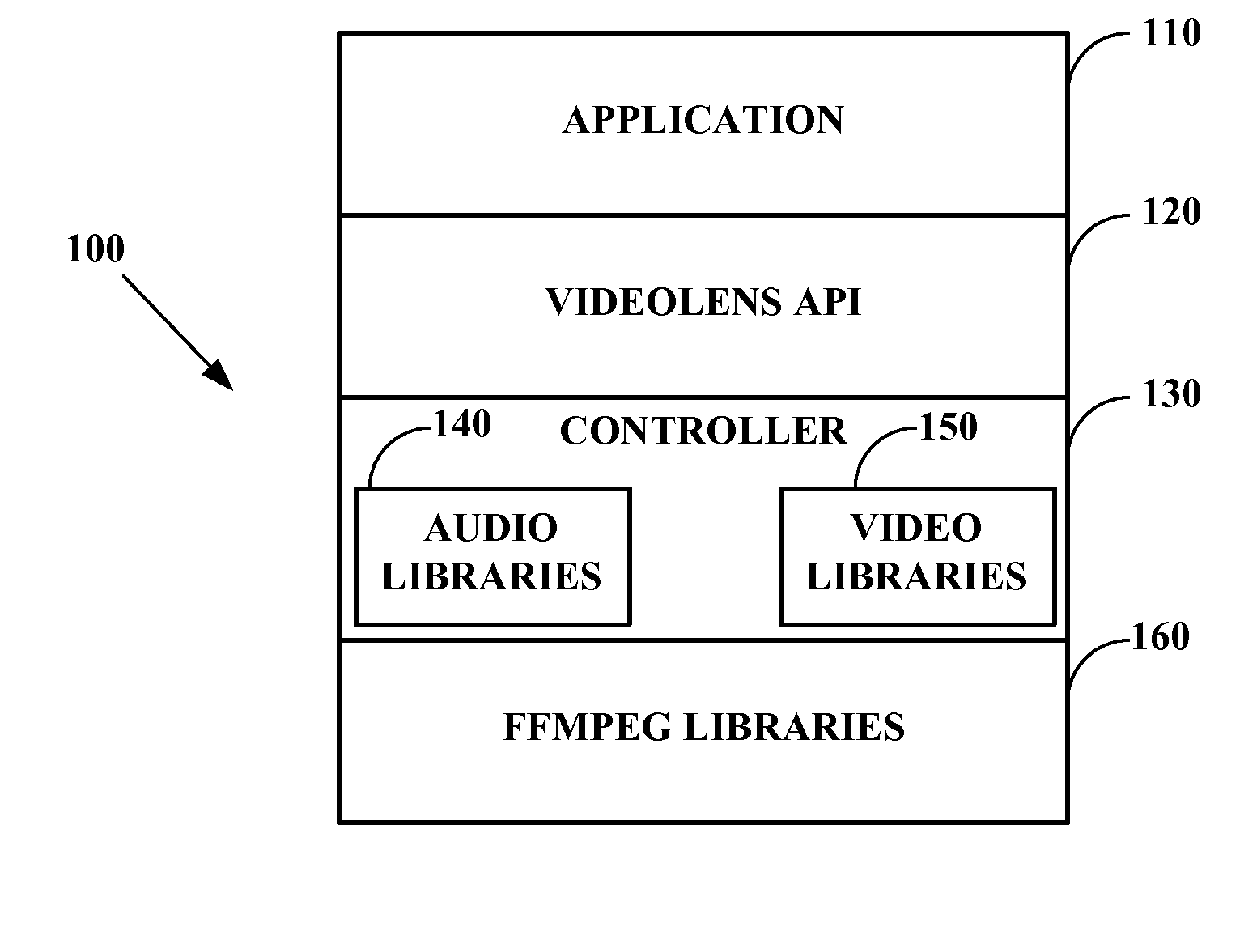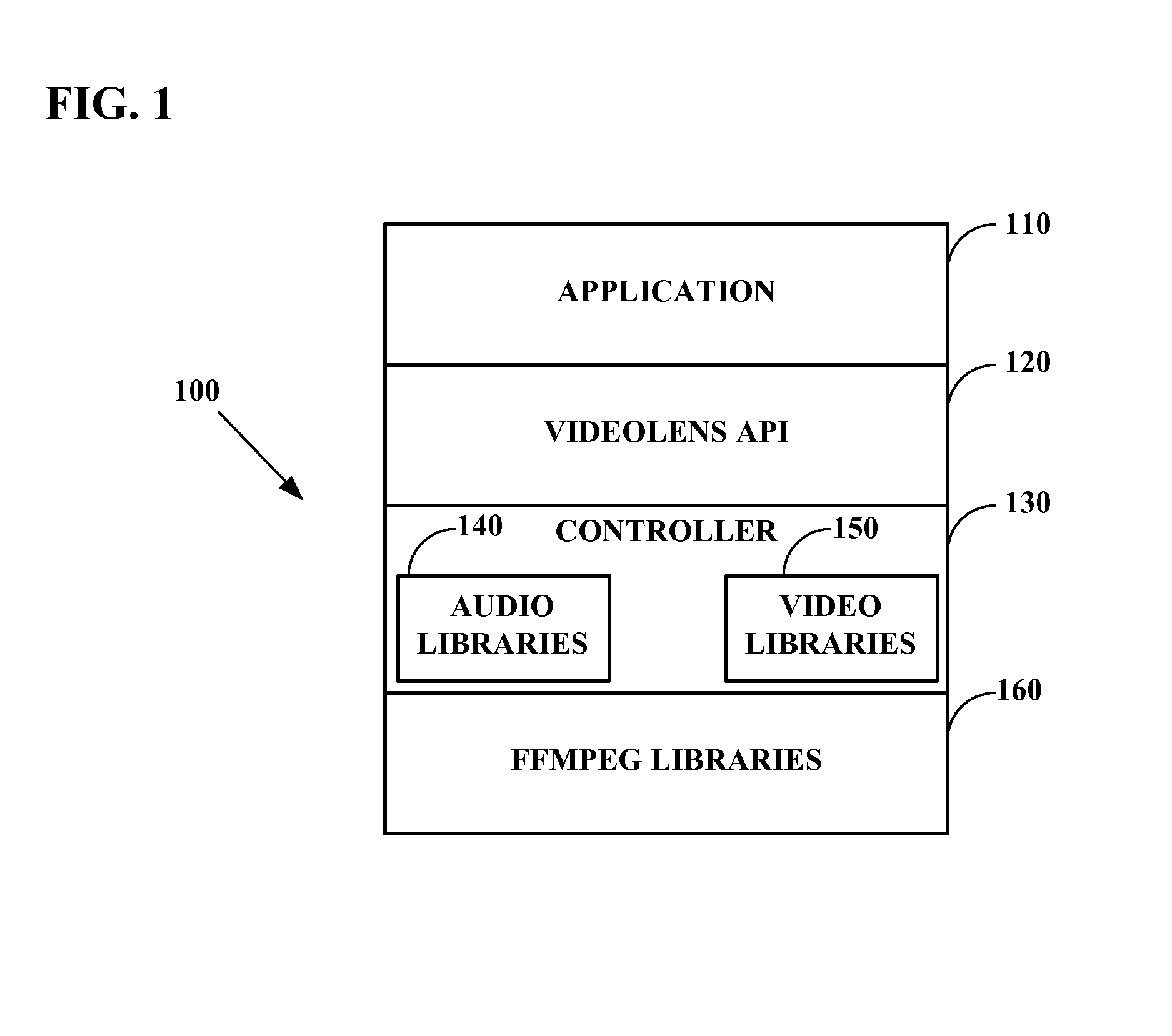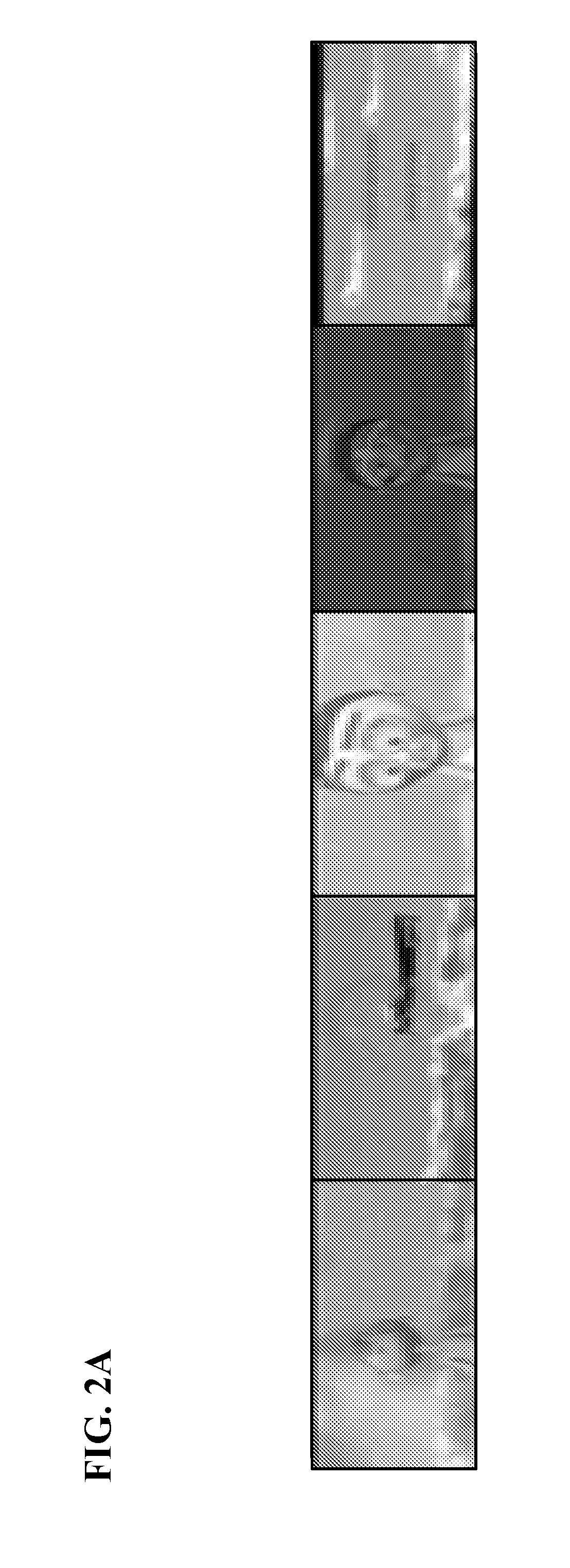Extended videolens media engine for audio recognition
a videolens and audio recognition technology, applied in the field of multimedia data management, can solve the problems of inability to scale the metadata creation process for premium content, inability to automatically process user generated free content, and inability to achieve the effect of improving recognition accuracy
- Summary
- Abstract
- Description
- Claims
- Application Information
AI Technical Summary
Benefits of technology
Problems solved by technology
Method used
Image
Examples
embodiment 500
[0113]Referring now to FIG. 5, a flowchart of the general operation of a full embodiment 500 is shown. In this embodiment, numerous content feature target aspects are shown, as may result from a complex user query. However, it may be appreciated that not every step shown will be required for simpler user queries, so that the embodiment may complete its tasks faster. In step 510, the user query and multimedia data are input. The user query may specify a desire to find action scenes, low motion scenes, previewing frames, dialogue / music scenes, and / or to have metadata on each content feature aspect automatically generated. The user may also specify further actions to be taken once the output is generated.
[0114]In step 520, the embodiment selectively finds action scenes based on high audio levels (if available) and high magnitude motion vectors, should the user query indicate an interest in action scenes. In step 530, the embodiment may selectively find low motion scenes based on large ...
embodiment 600
[0117]As shown in FIG. 6, embodiment 600 receives multimedia data (typically audio samples in PCM format) in step 602. The audio content may be represented as shown in step 604 as a MFC coefficient vector or similar audio feature vector representation that minimizes the effect of background noise and audio power levels. Next, the target audio content feature (which may include human speech or dialogue for example) is identified; for example, in step 606 the portions of multimedia data that are voice segments are located and separated in step 608 for further processing. The voice segments are then presented to a voice ID server in step 612 for possible recognition of at least one aspect of interest. In the enhanced embodiments, the target audio content feature is typically human dialogue, but may also include laughter, animal sounds, and / or location specific sounds.
[0118]As with other embodiments, the analysis may occur in substantially real time, be performed by a resource-limited c...
embodiment 700
[0121]Further, referring now to FIG. 7, enhanced embodiment 700 may specifically target human dialogue, and recognize aspects such as words and their corresponding time-stamps in the multimedia data. Incoming multimedia data (again typically audio samples in PCM format, but also closed captioning text and other data as previously described) in step 702 is converted from speech to text in step 704 if the incoming data is not yet in text form. The text stream is sent to web server 706 for selection of the most meaningful content words. The selected words and their corresponding time-stamps that help index into an incoming file or stream may help identify multimedia information content in the multimedia data to make subsequent processing easier. For example, in step 708 an ad server can find and output ads 710 that are best correlated to the identified content.
[0122]Enhanced embodiments may also use the recognized aspects to find additional multimedia data related to the aspect indicat...
PUM
 Login to View More
Login to View More Abstract
Description
Claims
Application Information
 Login to View More
Login to View More - R&D
- Intellectual Property
- Life Sciences
- Materials
- Tech Scout
- Unparalleled Data Quality
- Higher Quality Content
- 60% Fewer Hallucinations
Browse by: Latest US Patents, China's latest patents, Technical Efficacy Thesaurus, Application Domain, Technology Topic, Popular Technical Reports.
© 2025 PatSnap. All rights reserved.Legal|Privacy policy|Modern Slavery Act Transparency Statement|Sitemap|About US| Contact US: help@patsnap.com



